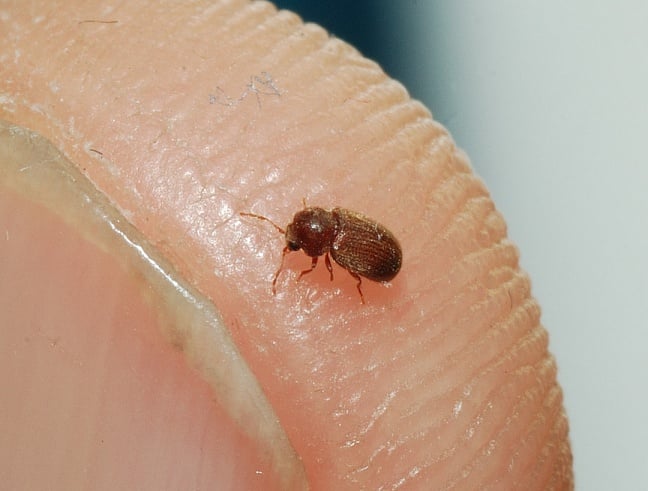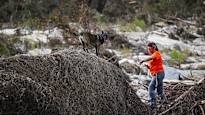In the historic walls of the Pannonhalma Archabbey in Hungary, a silent invasion is taking place, threatening the very essence of knowledge and history housed within its ancient library. The culprits? Tiny book-eating insects that have found a cozy home among the centuries-old tomes, silently devouring the pages that hold the wisdom of generations past.
The Archabbey, a UNESCO World Heritage Site, stands as a testament to centuries of human endeavor and cultural heritage. Its library, a treasure trove of rare manuscripts and ancient texts, has long been a sanctuary for scholars and history enthusiasts. However, the recent discovery of these voracious insects has sent shockwaves through the academic community and conservationists alike.
The presence of these book-eating insects poses a significant threat to the preservation of invaluable literary and historical artifacts,” warns Dr. Anna Kovács, a renowned entomologist specializing in pest management.
These tiny creatures, often invisible to the naked eye, can wreak havoc on delicate paper and parchment, causing irreparable damage to irreplaceable texts. Their insatiable appetite for cellulose-rich materials makes them formidable foes in the battle to protect precious manuscripts from the ravages of time.
As experts scramble to devise strategies to combat this silent menace, questions arise about the origins of these invasive insects and the factors that have led to their proliferation within the hallowed halls of the Archabbey. Climate change, with its unpredictable impacts on ecosystems and biodiversity, is increasingly being recognized as a contributing factor to the spread of such pests.
“The changing climate patterns in the region may be creating a more hospitable environment for these invasive species, allowing them to thrive and multiply unchecked,” suggests Dr. István Nagy, a leading environmental scientist studying the effects of climate change on biodiversity.
The delicate balance of nature, once preserved within the walls of the Archabbey, is now under threat from these tiny interlopers. As the ecosystem struggles to adapt to the changing climate and the influx of invasive species, the very plant species that once thrived in the region may face extinction, their habitats no longer able to sustain them.
With the loss of plant species, we risk not only the biodiversity of the region but also the cultural and historical significance of sites like the Pannonhalma Archabbey,” emphasizes Dr. Petra Molnár, a botanist specializing in native flora conservation.
The invasion of book-eating insects serves as a poignant reminder of the interconnectedness of ecosystems and the fragility of cultural heritage in the face of environmental challenges. As we strive to protect our libraries and historical treasures from these silent invaders, we must also confront the broader implications of climate change and biodiversity loss on our collective heritage.
In the shadow of the ancient walls of the Pannonhalma Archabbey, a battle is being waged to preserve the wisdom of the past for future generations. The outcome of this struggle will not only determine the fate of precious manuscripts and historical artifacts but also serve as a testament to our commitment to safeguarding the legacy of human knowledge in the face of adversity.
As the world watches with bated breath, the story of the book-eating insects at Pannonhalma Archabbey unfolds as a cautionary tale of the delicate balance between nature and culture, reminding us of the profound impact of even the smallest creatures on the tapestry of human history.









Leave feedback about this